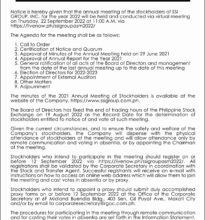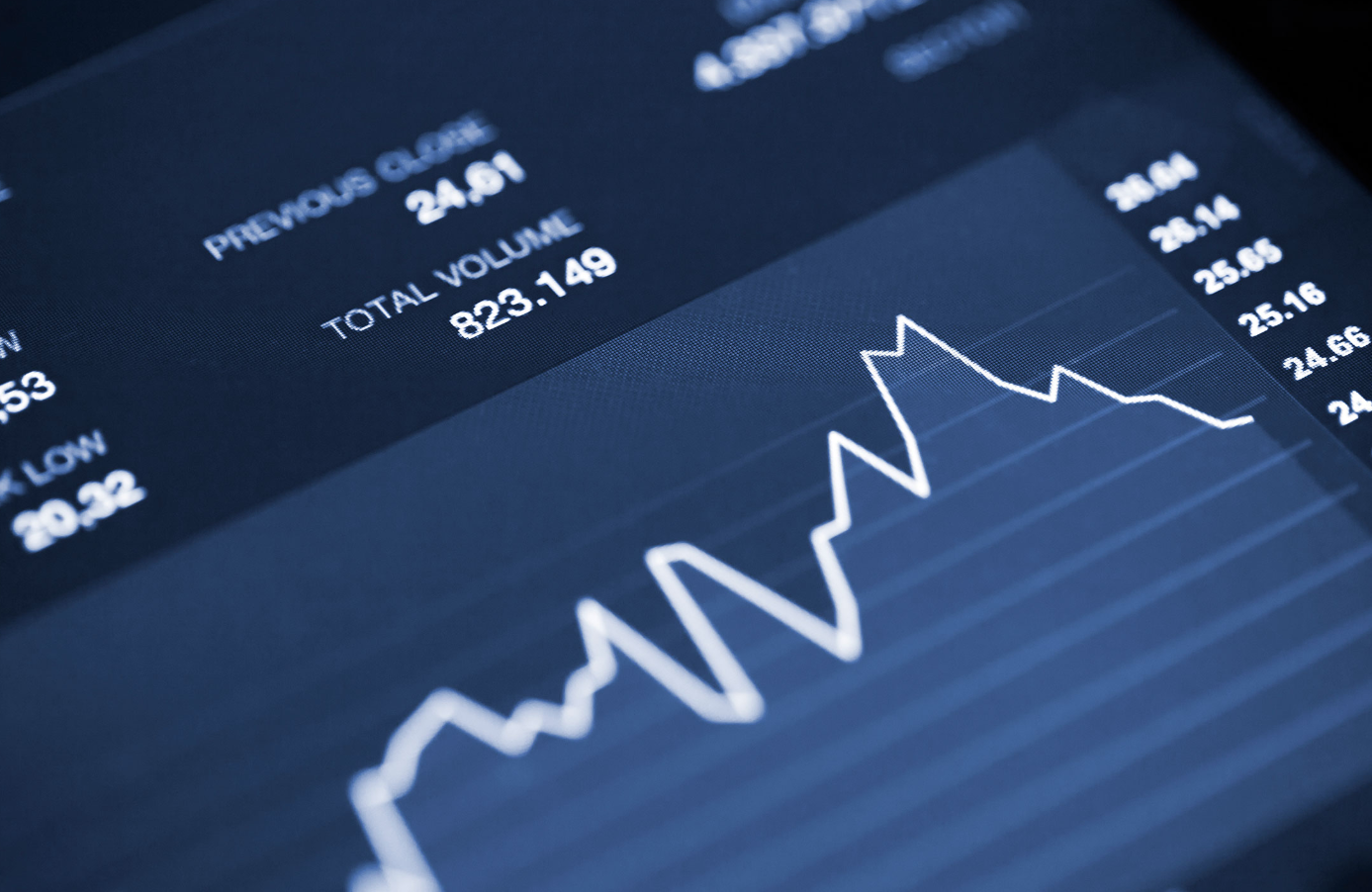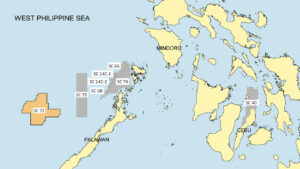Exports likely posted modest uptick in July

By Justine Irish D. Tabile, Reporter
PHILIPPINE EXPORTS likely posted a modest growth in July, despite sluggish global demand, according to economists and business groups.
Danilo C. Lachica, president of the Semiconductor and Electronics Industries in the Philippines Foundation, Inc. (SEIPI), said electronics exports are recovering but “may be not at the same level as last year’s July year-to-date.”
In a text message, Mr. Lachica said electronics exports are still recovering from the 15% contraction in the first quarter.
ING Bank N.V. Manila Senior Economist Nicholas Antonio T. Mapa said there may have been modest gains in exports in July.
“However, global trade remains sluggish on soft demand and thus any gains may be limited,” Mr. Mapa said in a Viber message.
The Philippine Statistics Authority is scheduled to release international merchandise trade statistics for July on Friday (Sept. 8).
The trade gap reached $27.96 billion in the first six months of 2023, narrower than the $29.84-billion deficit a year ago. This as exports declined by an annual 9.3% to $34.94 billion, while imports fell by 8% to $62.9 billion.
“Both exports and imports recently corrected higher in recent months. Exports are already up from near three-year lows a few months ago and recently among seven-month highs,” Rizal Commercial Banking Corp. Chief Economist Michael L. Ricafort said in a Viber message.
He noted the exports were earlier weighed by the risk of a recession in the United States.
The Development Budget Coordination Committee’s 2023 exports and imports growth assumptions are set at 1% and 2%, respectively.
Meanwhile, Confederation of Wearable Exporters of the Philippines Executive Director Maritess Jocson-Agoncillo said the decline in garments exports could continue for the rest of the year.
She noted all four sectors of the wearable industry — apparel, textile, travel goods, and footwear — contracted by 22% in the first semester.
“We have been seeing the trend since the start of the year where we are hitting a double-digit negative growth which is not very good. The market has slowed down and we even have major brands that have pulled out,” Ms. Jocson-Agoncillo said in a phone interview.
However, she said the industry is expected to start exporting this month the product lines for spring and summer 2024.
“But even if it picks up, (our industry’s) growth can only be a single-digit thing because we had a double-digit decline,” Ms. Jocson-Agoncillo said.
Meanwhile, Philippine Exporters Confederation, Inc. President Sergio R. Ortiz-Luis, Jr. said exports will likely be an improvement from last year’s figures.
“I think at the end of the year it will have an improvement even if it is coming at a high base and despite the many supply chain disruptions. It will surpass 2022 business level but not so much,” Mr. Ortiz-Luis said in a phone interview.
For 2022, exports rose by 5.6% to $78.84 billion from a year earlier, while imports grew by 17.3% to $137.16 billion. This brought the full-year trade balance to a record $58.32-billion deficit.
ING’s Mr. Mapa said exports may contract by yearend as demand fades.
The lower risk of a recession in the US may help support further recovery in exports, Mr. Ricafort said.
“The US dollar/peso (exchange rate) being among nine-month highs would help make Philippine exports cheaper or more price competitive from the point of view of international buyers, a factor that could help support further pickup in exports,” he said.




